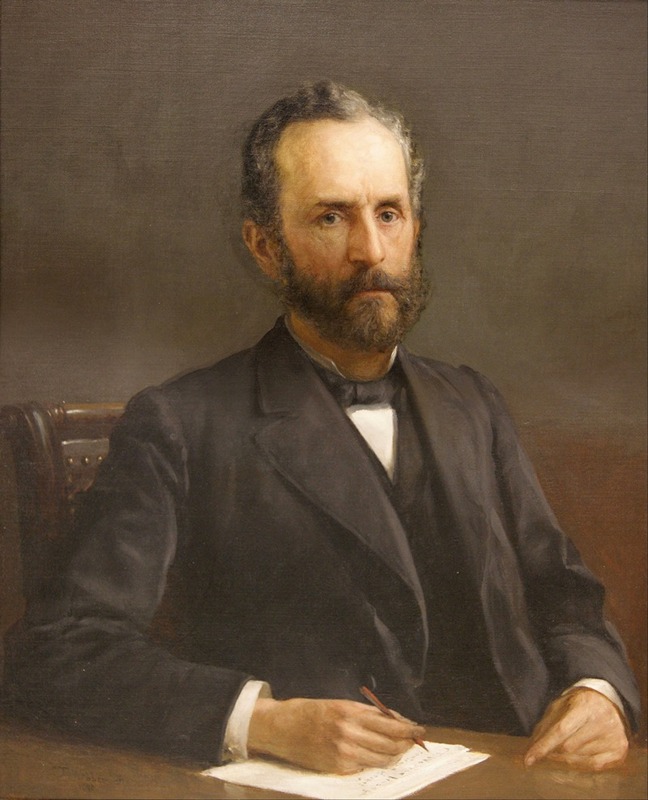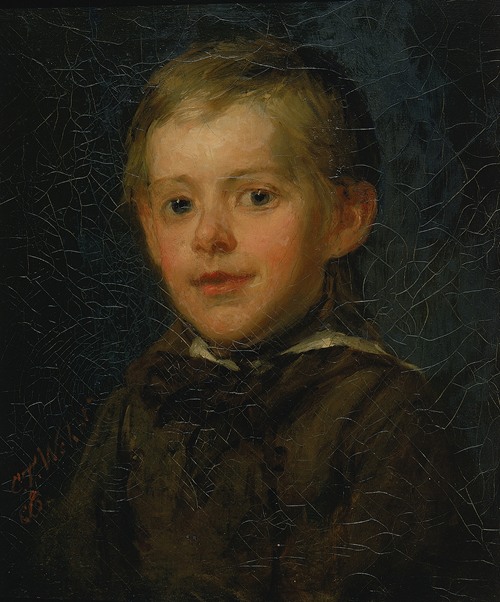

Charles T. Webber was an American painter. Webber created hundreds of paintings during his lifetime, including portraits, landscapes, mythological and historical scenes, and genre subjects. He was an active member in Cincinnati’s art scene, and founded many artistic groups and clubs. Throughout his life, Webber established himself as a prominent figure both in the Underground Railroad movement and in Cincinnati’s art scene. In Cincinnati in particular, Webber was held in high regard due to his artistic achievements.
Charles T. Webber was born in Cayuga Lake, New York, on the 25th of December in 1825. When he was a child, Webber learned to paint and draw in a woodshed attic, which he used as his studio. Webber never had any formal art training as a youth. Aside from this, not much is known about Webber’s childhood.
After moving to Springfield, Ohio in 1844, Charles T. Webber was befriended by a fellow artist by the name of John Peter Frankenstein, who became his art teacher. Frankenstein, who taught Webber the medium of painting, is the only art teacher that Webber ever had. Once he had gained the skills, Webber was able to make a living through teaching students of his own, and by painting portraits.
Webber moved to Covington, Kentucky in 1858. At this time, he was able to gain employment in David R. Hoag’s Cincinnati studio as a photograph tinter. After this, Webber went on to open the Artists’ Photographic and Picture Gallery with his partners, fellow artists Joseph Oriel Eaton and James Mullen. They sold portraits and photographs. Despite the business' success, the outbreak of the Civil War in 1861 caused the business to dissolve. This prompted Webber to move into his own art studio, which was located at 14 East Fourth Street. Webber remained in this studio, selling portraits, until the 1880s.
Through his involvement in many of Cincinnati's artistic groups and clubs, Webber was able to establish himself as an art educator. Through these ventures, he became a prominent and significant figure in Cincinnati's art scene.
Wanting to continue his career as an art educator, Webber took up a teaching position at the Ohio Mechanics Institute School of Design in 1878. He taught a life class.
During the later years of his life, Webber found time to learn the art of sculpture. In 1896, he created a bust of H. Thane Miller, who was the director of the Cincinnati House of Refuge, out of bronze.
In 1911, Webber died in his residence located in Riverside, Cincinnati, at the age of 85. He is buried in an unmarked grave which is located at Spring Grove Cemetery.


